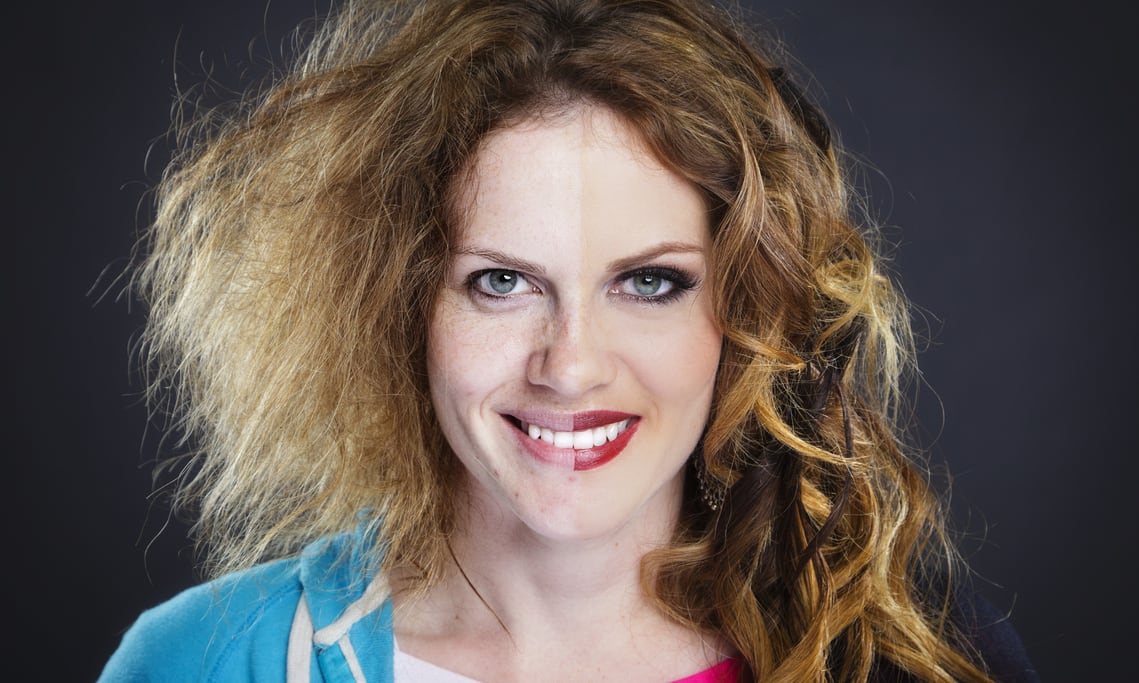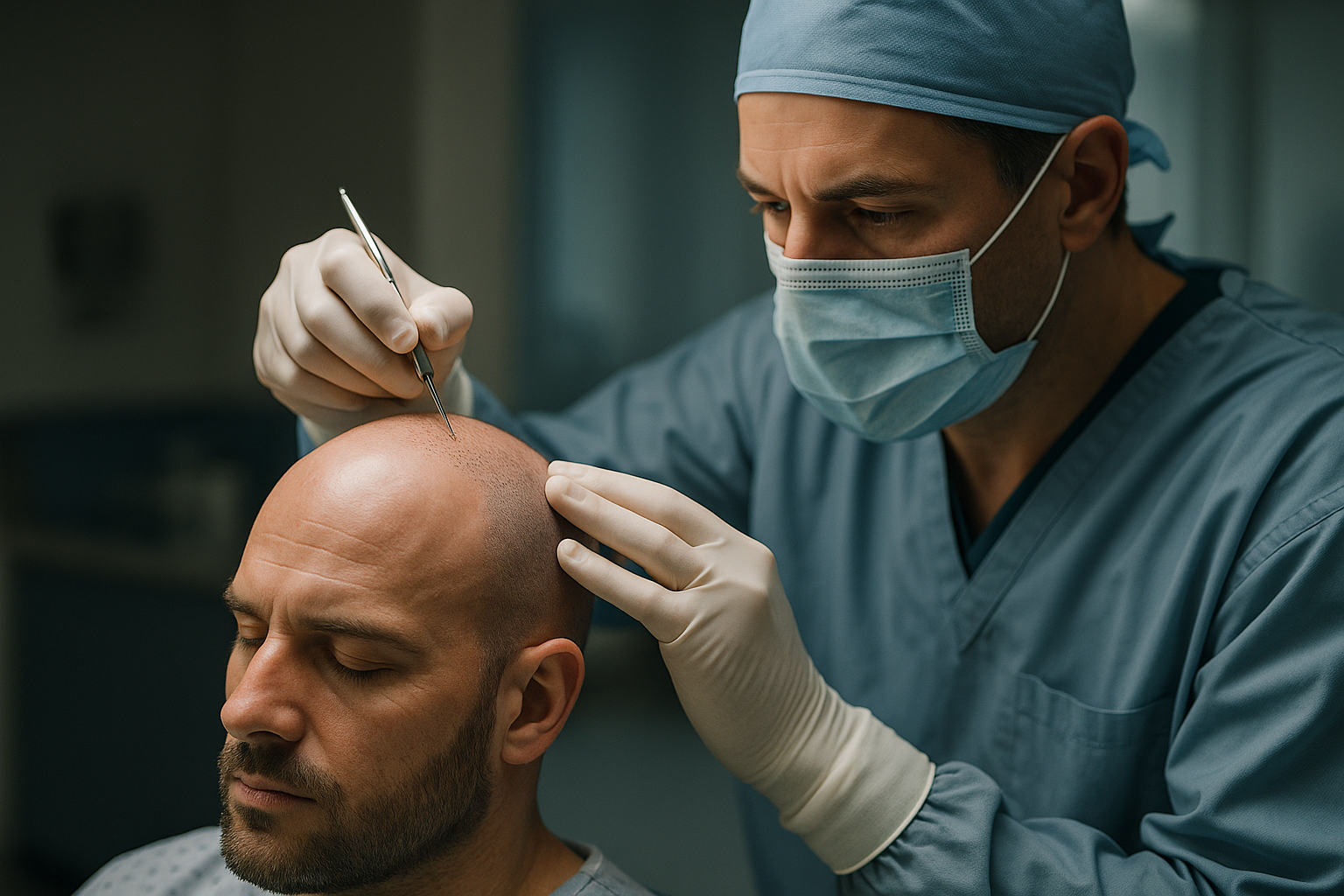Unleashing the Power of Beauty: A Comprehensive Guide
The world of beauty is vast, all-encompassing, and always evolving. From ancient times to the modern era, beauty practices have served as rites of passage, forms of self-expression, and tools for enhancing physical attractiveness. At times controversial, always personal, the pursuit of beauty is a universal human endeavor. This guide explores the manifold dimensions of beauty and provides insights into its role in our lives.

What is the Definition of Beauty?
Beauty is a multifaceted concept that encompasses physical attractiveness, personal charm, and a pleasing aesthetic. It is highly subjective and varies across cultures, time periods, and individuals. Yet, certain universal elements, such as symmetry and balance, are often associated with beauty. Beauty is not merely skin deep; it also encompasses inner qualities such as kindness, empathy, and positivity.
How has the Concept of Beauty Evolved Over Time?
The standards of beauty have changed dramatically throughout history. In ancient Egypt, for instance, both men and women used cosmetics for religious rituals and to protect their skin from the harsh desert climate [1]. During the Renaissance, beauty was epitomized by full-bodied women, reflecting prosperity and fertility. Today, beauty is often associated with a healthy lifestyle, holistic well-being, and individual uniqueness, marking a shift away from rigid, one-size-fits-all standards.
What Role does Beauty Play in Society?
Beauty plays a significant role in societal interactions and perceptions. It can influence career prospects, social status, and personal relationships. Research shows that people often attribute positive qualities such as intelligence and honesty to attractive individuals, a phenomenon known as the “halo effect” [2]. However, the overemphasis on physical beauty can lead to negative consequences, including low self-esteem and unhealthy beauty practices.
How is Beauty Related to Self-Esteem and Well-being?
A positive self-image is closely linked to one’s perception of their own beauty. Feeling beautiful can boost self-esteem, enhance mood, and promote psychological well-being. On the other hand, societal pressure to conform to certain beauty standards can have detrimental effects on mental health. Therefore, fostering a healthy and inclusive understanding of beauty is essential for overall well-being.
What are Some Unique Beauty Practices Around the World?
Different cultures have unique beauty practices that reflect their traditions, beliefs, and environments. In India, women use turmeric paste for its anti-inflammatory and brightening properties. In Africa, shea butter is a popular moisturizer due to its hydrating and healing benefits. Meanwhile, in Korea, a ten-step skincare routine is followed to achieve a youthful, glowing complexion.
What are the Costs Associated with Beauty Practices?
| Product/Service | Provider | Cost Estimation |
|---|---|---|
| Facial Cleanser | Cerave | $15 |
| Moisturizer | Neutrogena | $20 |
| Makeup Kit | Sephora | $50 |
| Salon Haircut | Local Services | $50 - $100 |
| Spa Treatment | Local Services | $100 - $200 |
Prices, rates, or cost estimates mentioned in this article are based on the latest available information but may change over time. Independent research is advised before making financial decisions.
Conclusion
Beauty is a complex, multifaceted phenomenon that impacts various aspects of our lives. Its definition and standards have evolved over time, reflecting societal changes and cultural diversity. Understanding beauty as a holistic concept that values individual uniqueness can enhance self-esteem and promote well-being. As we navigate the world of beauty, it’s important to remember that the most compelling beauty comes from within, shining through our actions, interactions, and attitudes.
Sources:
-
Ancient Egyptian Cosmetics, Encyclopedia Britannica.
-
The Halo Effect, Psychology Today.




